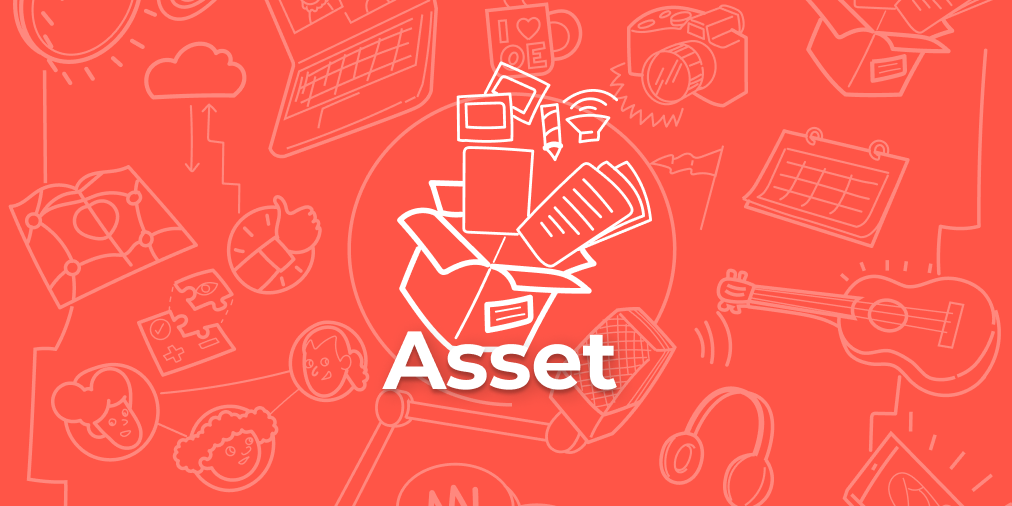
Quite simply, the OER World Map is the most sophisticated attempt ever made to record and share OER activity around the globe. Since 2013 the OER World Map has collected and visualised data on the growing number of actors and activities in the field of open education worldwide. Our goal is to accelerate the evolution of the global OER ecosystem by providing a comprehensive and responsive picture of the OER movement. High quality data is collected through collaboration with OER networks all over the world and is shared back to the worldwide community through open API and data protocols. The OER World Map thus represents a significant technological achievement, a significant human achievement, and a crucial element of co-ordination in open education going forward.
To deliver our project we have had to model the complexity of the OER world and provide practical solutions to complex issues of categorisation (e.g. licensing, educational sector, country, audience, language). In addition to this conceptual work we have overcome many technical challenges. But our greatest engagement has been with the global OER community: establishing a network of OER country champions; building a partnership programme; consulting widely on operationalising shared data; evaluating the experiences of our users; and endeavouring to provide new functionalities. Openness has always been at our core: we act as advocates for OER and open practice and release all our software and data on open licences.
Almost 400 projects have chosen to showcase their work on OER World Map. More than 100 stories of OER impact around the world have been shared through our platform (https://oerworldmap.org/resource/?q=&filter.about.%40type=Article). Recently we introduced ‘Lighthouse’ functionality to allow OER community members to highlight best practices and identify excellence (https://oerworldmap.org/resource/?filter.about.objectIn.@type=LighthouseAction&sort=lighthouse_count:DESC).
The OER World Map acts as a shared artefact and point of focus for open education stakeholders in many countries. The OER Atlas (https://open-educational-resources.de/wp-content/uploads/20171123-OER-Atlas-Screen.pdf) shows what is possible through collecting data with OER World Map methods: comprehensive accounts of the OER ecosystem in a given country that can be understood at a glance. The information shared through the OER World Map is validated and expertly curated – and typically exemplifies our most comprehensive shared understanding of the world of open education. Such a tool was but a pipe dream just a few years ago and has been made possible because of the collective action of the global open education community – catalysed by the OER World Map project.
We believe that the OER World Map is serving to shrink the size of the distance between members of the global OER community. An excellence award for OER World Map would further raise the profile of the work we do and encourage more people to join the OER World Map community. This in turn helps us to raise the profile of the work of those who make up the global open education community, and who are honoured through the Open Education Awards for Excellence.
As project lead for the OER World Map, Jan Neumann has worked tirelessly to ensure the success of the project: developing effective partnerships and working relationships; managing a distributed team; ensuring several rounds of funding from the Hewlett Foundation; and constantly striving to improve and innovate our work. Although it has been a team effort, I believe he is a more than worthy recipient of an OE Global award for excellence to recognise his efforts.
Germany, Cologne
Contributed by: Jan Neumann
Language: English
License: CC-BY